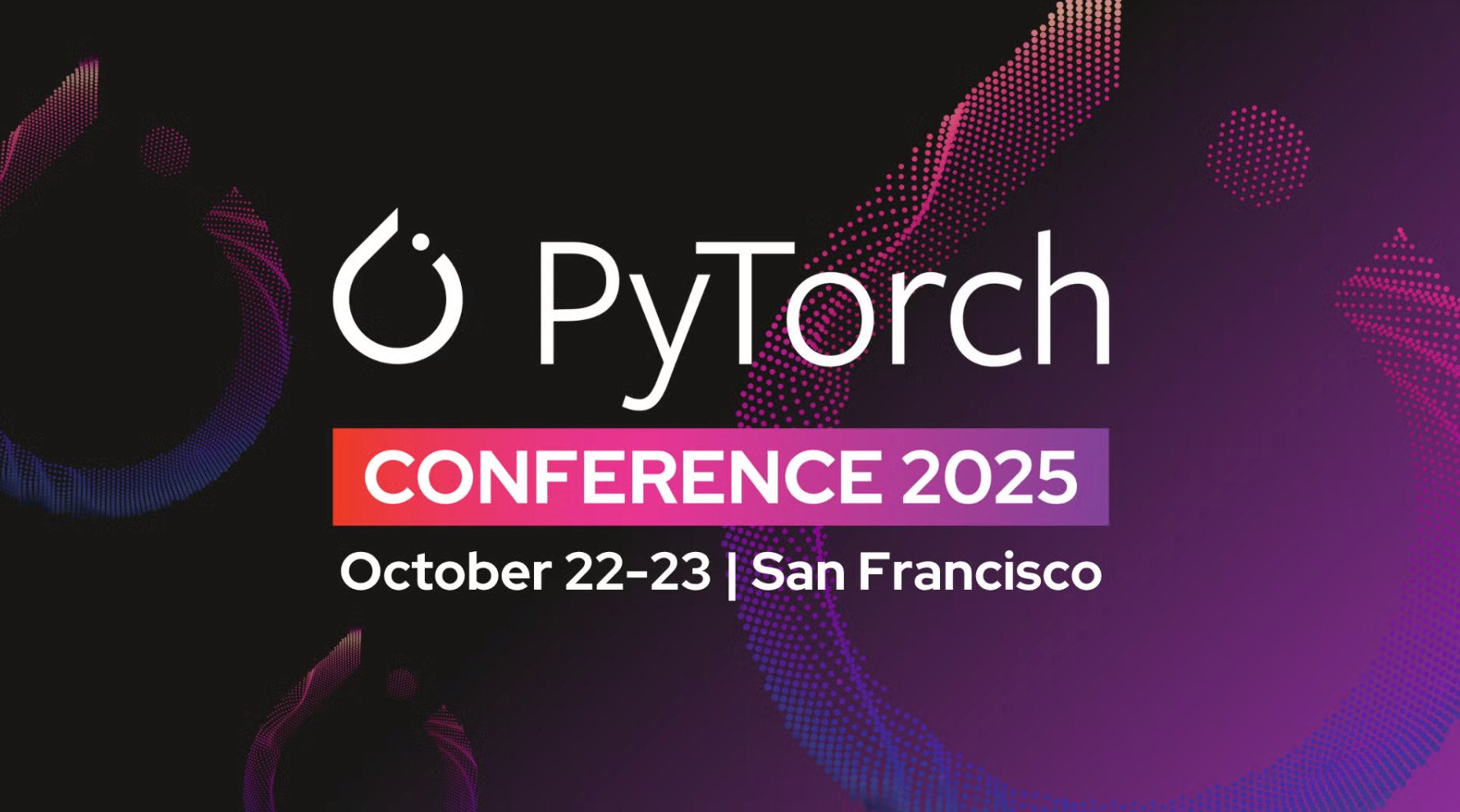
Frank Kelly writes:
Earlier this month, I had the opportunity to attend PyTorch Conference 2025 in San Francisco — a convergence of engineers, researchers, and practitioners shaping the next generation of deep learning infrastructure. The event showcased the rapid evolution of the PyTorch ecosystem, from low-level performance optimizations and compiler improvements to the expanding ecosystem of distributed training, and deployment tooling.
PyTorch (now a foundation) is positioning itself as not just a model-development toolkit but as the backbone of a large, open ecosystem. The keynote announcements emphasised the growth of the community, interoperability, and production readiness of PyTorch and the tools built on top of or around it. There are 99 active ecosystem projects, 14 new this year, on both sides of the model development lifecycle. According to the maintainers keynote, Pytorch (which turns 9 this year) ‘ occupies the dominant position among AI researchers with over 16 thousand papers published in the last 12 months using Pytorch’. They cited 14 thousands commits made to Pytorch over the last 12 month with more than 1 thousand Github users making commits.
Not surprisingly hardware acceleration, compilation/kernals frameworks, edge deployment, distributed training and inference at scale followed through heavily from the keynotes, through the talks and into the showcase area where many groups put their case forward as ‘the place/platform/framework’ for efficient, low cost training or inference.
While barriers to entry have dropped – the complexity of managing and optimising, particularly for the ‘power users’ has increased significantly. For sure there is some fragmentation in approach so it will be interesting which projects emerge as the dominant ones. Pytorch was described as the ‘lingua frana’ for ML – flexible, easy to extend, easy to use and easy to understand. However complexity is creeping in, for instance in the number of kernal customizations and vendor specific implementations (‘why do we need all these operators doing the same thing?’) which brought the compiler into focus in a number of sessions to try to enact some compromise between flexibility and ease of use.
The Pytorch maintainers keynote (and a number of talks) noted the (re-focus?) on Reinforcement Learning (the Deepseek moment) and the shift of compute focus from pre-training to post-training/inference. Other trends covered were the rise of AI agents, hardware optionality, and inference on the edge.
The Physical Turing Test” covered by Jim Fan for sure captured attention and some amusement, covering how simulation at scale will enable the first generation of AI robots, refining the execution of tasks to the point of being indistinguishable from a human.
On the question of openness I attended a session on OpenMDW (from the Linux Foudation) a permissive license designed for any elements of machine learning models (model, data, weights, tools and docs).
Not being a direct practitioner in the area I found the presentation from Nathan Lambert, ‘Mapping the Open Model Landscape in 2025’ most helpful, setting the backstory and tracking the large amount of open models released in 2025 with the resultant tensions in the industry and beyond.
I also appreciated the talk ‘An open source post training stack – Kubernetes + Ray + Pytorch + vLLM) ‘ to get a feel for an opinionated, open, software stack for running compute-intensive AI workloads.
Each of the talks and deep dives will be available in the Pytorch Foundation Youtube channel.